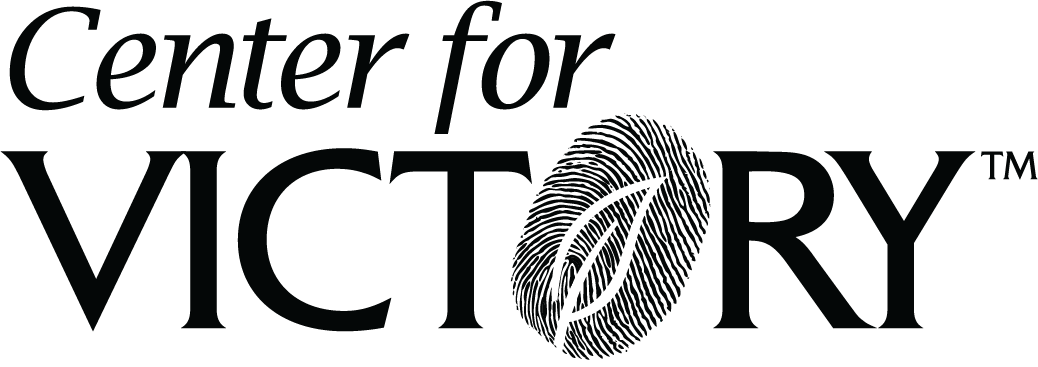
The Art and Craft of Change Management
A recent survey of business executives found that despite the best intentions, change management efforts often fail to achieve desired business objectives.
The PricewaterhouseCoopers report shows the challenges organizations face in driving change in their organizations. The art and craft of change management requires a disciplined, committed and sustained approach to be successful. The survey showed that nearly half of major change initiatives fail. The consequences are severe. Not only do companies face the short-term and long-term business consequences, but also the opportunity costs, diminished morale and confusion that such failures can create.
What can leaders do? Here are a few steps to leverage resources and human capital to find success with your change management efforts.
Identify the Need
Change needs to be clearly defined at each level of the organization. Articulation of the business changes needs to start at the top of the organization and involve every layer of your leadership.
You can reduce ambiguity by focusing the change efforts around three core factors:
1. Existing Customers. What needs to change to improve retention and provide better service to our customer base?
2. Potential Customers. What must change to create new customers in a cost-efficient manner?
3. Corporate Culture. What resources are needed and changes necessary to the workforce to help them address the first two items?
It’s important to make the rational and emotional cases to your employees about the work that needs to be done and help them see how their work will have an impact on the change outcomes.
Leading Change
Leadership development is critical to understanding how people respond to change. Understanding the four most common personas that emerge during change can help you better manage them and their work:
1. The Victim. Change is perceived as a personal attack on their work, jobs, careers or responsibilities. Everything comes back to how they believe the change will affect them directly or indirectly.
2. The Bystander. These employees go with the flow, looking to remain neutral, not demonstrating an opinion for or against the work to be done.
3. The Critic. Whether overtly or behind the scenes, the critic is likely to oppose all or most changes.
4. The Advocate. Change proponents will not only support the change but vocally attempt to persuade others to the values of change initiatives.
For different reasons, it’s important to identify critics and advocates early in the change process and work them to address their approaches, beliefs and influences on others.
Managing Change
Change agents who want to be effective need to work in several key areas and have leadership support to be effective. These skills require persuasion, consistency and persistence. They include:
• Alignment. Work closely with those who share the vision for change to leverage their influence. Similarly, those who are overly critical need to be minimized.
• Responsibility. Change agents must be empowered to achieve desired results.
• Accountability. Change agents should also be held accountable for the work they do.
• Authority. Without the authority to make decisions and affect change, the work in the first three spaces is for nothing.
At Center for Victory, we help companies develop leaders who are ready to act on needed changes. Contact us TODAY to see how our assessment tools can help drive change management effectively through your organization.
Search Posts
Subscribe!
Recent Posts
- Episode 224: Pavement to Purpose May 15, 2025
- Episode 223: The Talent Trap May 6, 2025
- Episode 222: Creating What’s Next April 29, 2025
- Episode 221: Empowered Parenting April 24, 2025
- Episode 220: Lead with Vulnerability April 15, 2025
